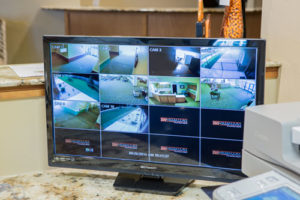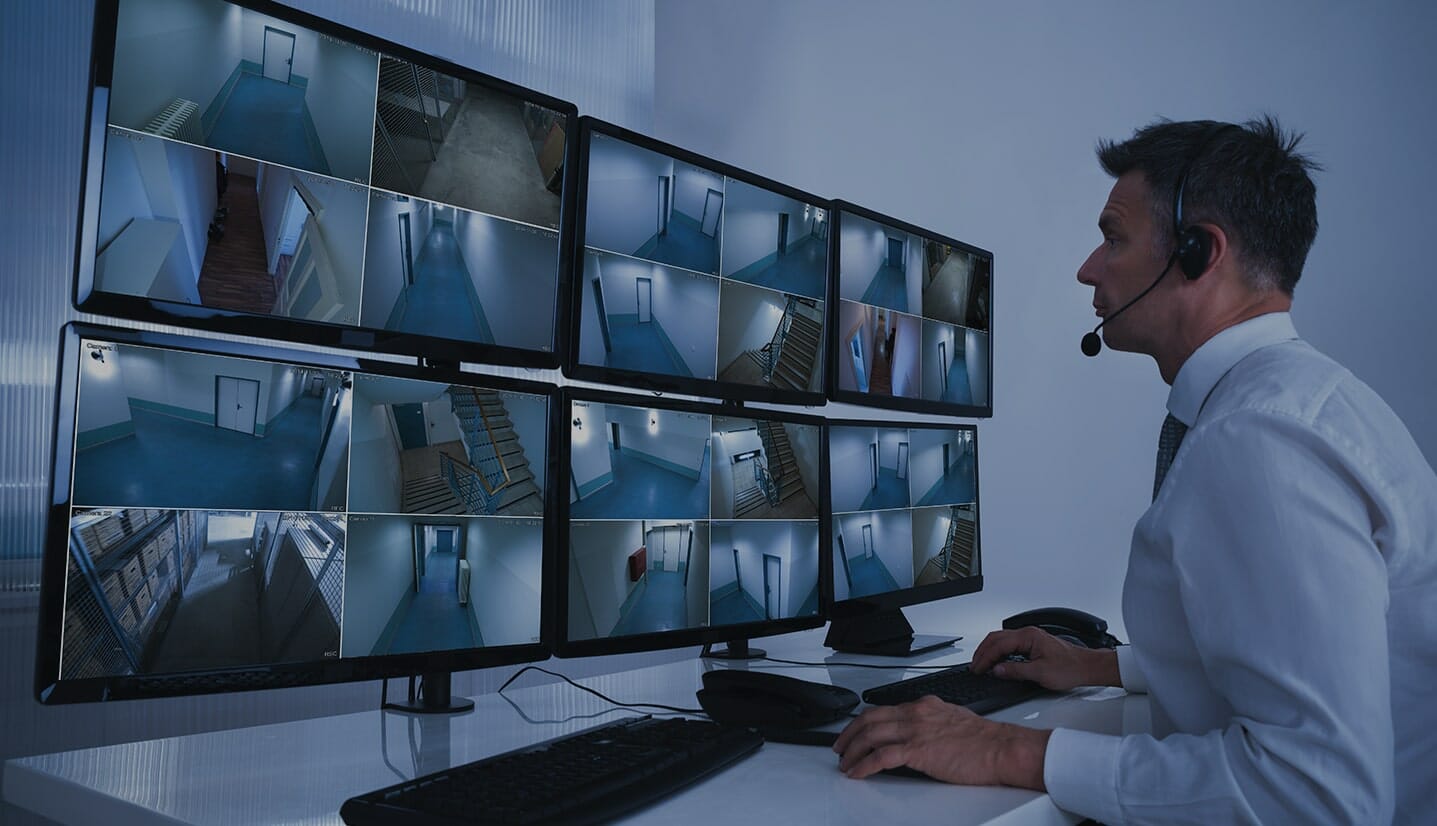Do you need to distribute many different channels or programs?
In the old analog days, TV channels were broadcast over the air, or throughout a facility, using analog Radio Frequency (RF) signals. Within a facility, these signals were carried on the familiar black coax cable to each TV, and the TV was tuned to the desired program. Marshall Industries has options for Distribution of Video Programming.
In 2009, in the United States the FCC mandated a change that all commercial TV stations switch over to Digital Television (DTV) transmissions. This required that all TV sets have digital TV tuners inside of them, instead of analog TV tuners. Within a large facility where many audio/video programs need to be distributed (such as a hotel, hospital, sports bar, college or corporate campus) the same coax cable can still be used to carry the DTV signals to TVs throughout the facility. The existing cabling does not need to be changed – just the equipment at the headend (and the TVs in the different rooms all need to be the newer flat panel TVs with digital tuners).
The other alternative for distribution of many programs is IPTV, which is distribution of digital audio and video over an existing Ethernet network. This type of system requires an IP encoder for each source program, and an IP decoder at each end point where a selected program will be viewed. Any room in the campus (or at any remote site) which has a network connection and a decoder can intercept and view the program they select. This type of system is more costly than DTV distribution over coax, but the costs are decreasing. Because video signals require high data rates, this type of distribution also requires coordination with and configuration of the facility’s data network. For video distribution to remote campuses or sites, for which cable cannot easily be run between facilities, this is the best alternative.

Security Monitor
Need to distribute one, or a few, audiovisual programs? Where a program is distributed point to point – from one source to one receiver – an HDMI cable can carry both the audio and video signals. The HDMI cable length should typically not be longer than 12-15 feet, or signal degradation can occur. Longer HDMI cables of 25, 35, or 50 feet are available, but be careful about low cost cables of these lengths. You typically have to pay $100-$250 for a good quality HDMI cable of these lengths.
A better alternative for longer point to point connections is to convert the HDMI signal to a signal which can be transmitted over CAT6 network type cables. These require a transmitter at one end and a receiver at the other to convert from HDMI to the network cable, and back again at the receiver. The most reliable and highest quality type of transmission over network cable is called HD BaseT. This allows full quality transmissions for a distance of 330 feet (100 meters).
If several audiovisual programs need to be distributed, the different sources can be connected to a centrally located audiovisual switcher, which can select one of several sources, and distribute it to one of several receivers. For under $1,000, you can buy a switcher with several inputs and one output. As you add more sources, and more outputs, you need a switching matrix, and the costs increase with additional input and output channels. With a central HDMI/HD BaseT switching system, the selection of which program feeds to which room is made at the headend switcher, and not at the receiver end. Therefore, this type of system doesn’t work well for distributing lots of programs to lots of rooms in which the end user can select one of many programs to view.
Which option is best for you? Our experts are here to help. Call us and we’ll answer any questions you might have.


